Will decades of interest finally come to fruition?
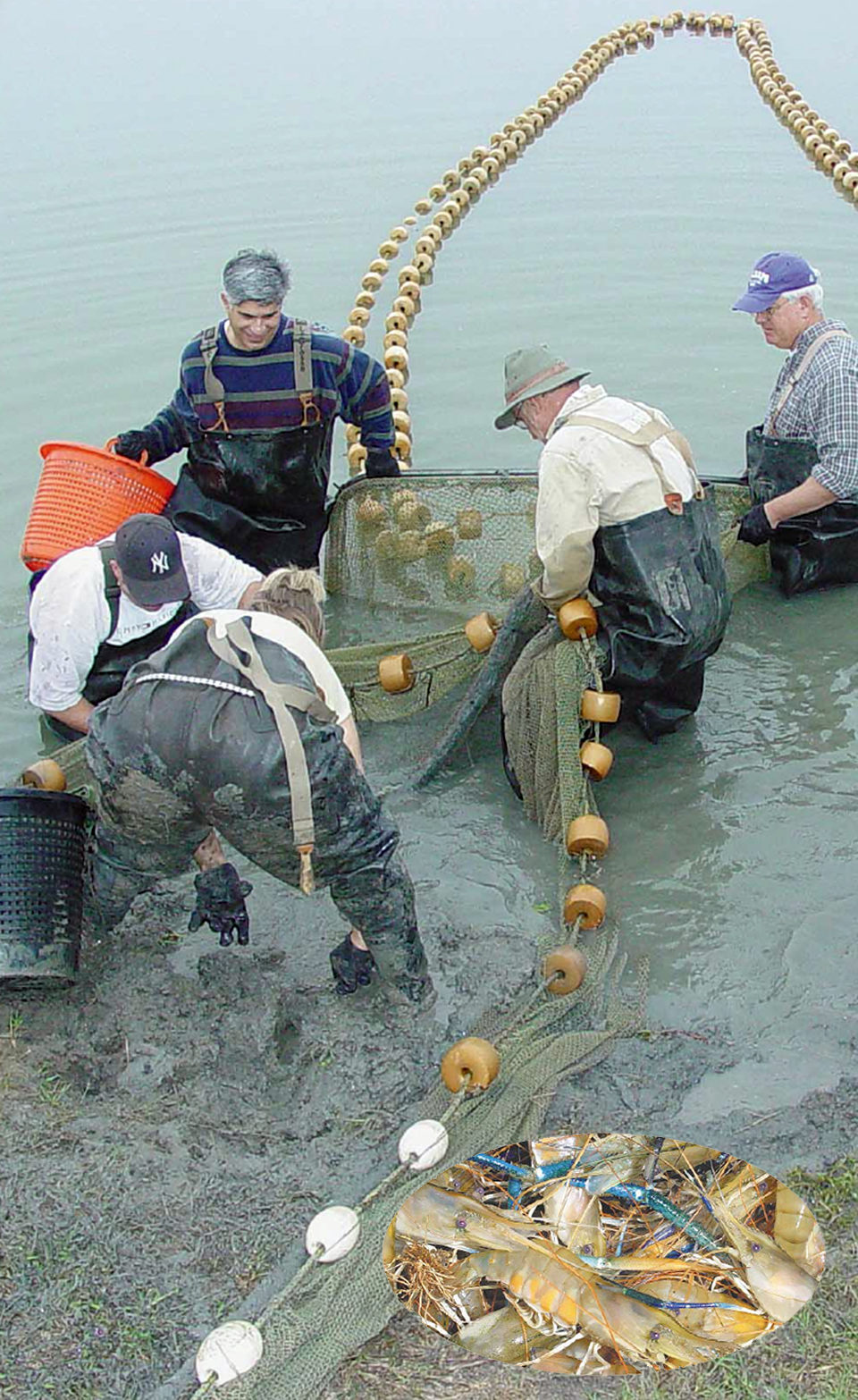
Excitement about the potential farming of freshwater prawns (Macrobrachium rosenbergii) in the United States has persisted for almost five decades but has yet to materialize. The failure of the earliest pursuits to achieve commercialization seems to have been principally caused by a lack of understanding of how to manage the biology of this species of caridean shrimp. In Hawaii, for example, producers were plagued by declining production based upon a harvest and restock approach that did not fit the social biology of the species.
In addition, postproduction problems were created by insufficient knowledge of the market and marketing strategies. The lack of proper species-specific processing techniques led to a mushy quality of the shrimps’ tails and the erroneous belief that this undesirable condition was intrinsic.
Ongoing research
During the 1970s and 1980s, particularly at the South Carolina Department of Natural Resources, a considerable amount of pioneer research was devoted to the optimization of management practices for the hatchery, nursery, and grow-out phases of freshwater prawns in a temperate climate. These efforts were followed by small-scale commercial ventures wherein the sale of harvested prawns was limited to the pond banks.
The product was viewed as novel but had yet to establish an identity that was truly separate from that of marine shrimp. Thoughts of expansion were hindered by the limited availability of sufficient postlarvae, and the common necessity to air freight them from only one or two dependable sources added a significant expense.
The desire to increase diversity in U.S. aquaculture products, replace traditional row crops that no longer yielded a good return, and provide domestic shrimp to help meet increasing seafood consumption rekindled research efforts during the late 1980s and through the end of the 20th century. The results of research at Mississippi State University and Kentucky State University, in particular, stimulated a renewed interest in commercialization.
Investigations were primarily directed at evaluations of stocking size and density, feeds and feeding practices, the role of substrates, and postnursery size grading of juveniles before stocking. The main objectives were to increase production and attempt to offset the restricted four- to five-month growing seasons in climatically appropriate regions of the continental United States.
During this period, verification studies confirmed that management practices developed in small experimental ponds had real applicability to large-scale commercial ponds. The success of this critically needed documentation was a definite stimulus to interest and development.
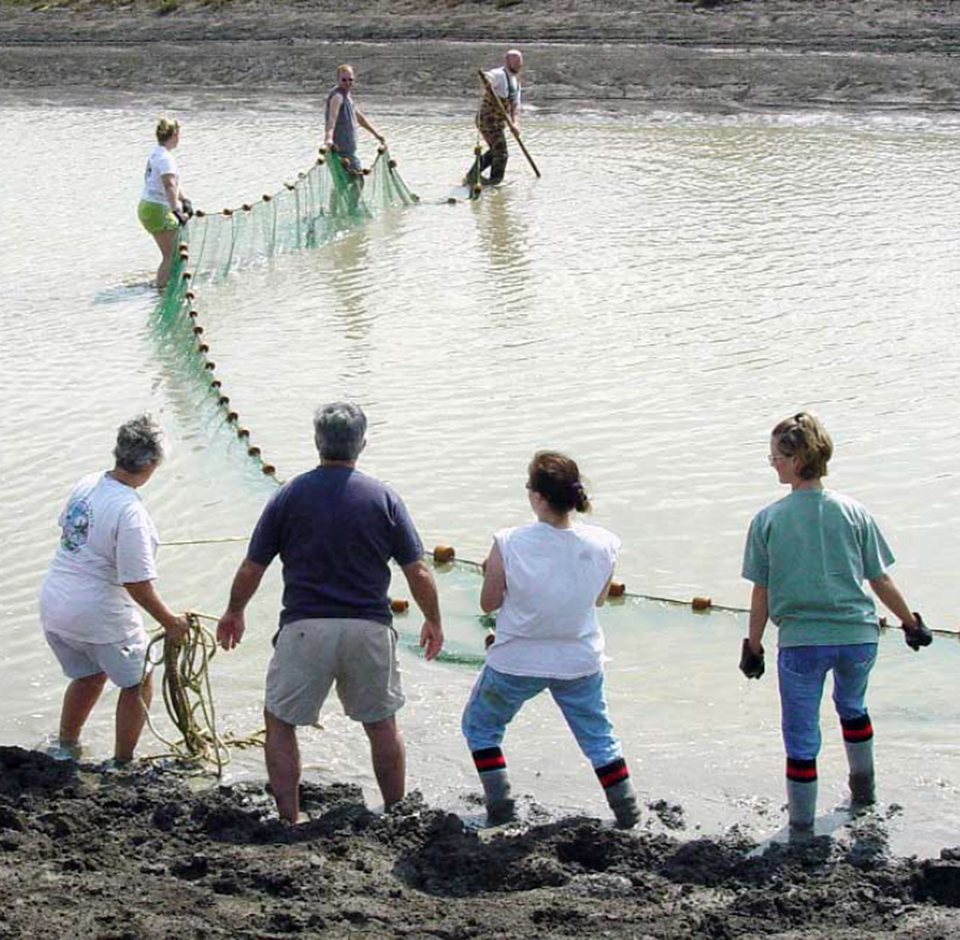
Crossroads reached
The development of a thriving freshwater prawn industry in the United States seems to have finally reached an important crossroads. Focus on this spe-cies has persisted because of its advantageous culture and marketing characteristics, including the fact that, unlike marine shrimp, closure of the life cycle requires no special broodstock management other than temperature control to induce spawning. However, intrinsic shortcomings like the comparatively low dressout (deheaded) percentage of Macrobrachium, which increases with prawn size, will always persist.
What makes the freshwater prawn more poised for commercialization than ever before? Many extrinsic factors have come together to complement the advances in management practices.
The growing interest in the domestic production of prawns is based upon the increasing trade deficit caused by gradual but steady increases in seafood consumption in the United States. In 2003, imports of all shrimp into the United States exceeded 454,000 metric tons (MT), most of which was marine shrimp. Also, shrimp recently surpassed tuna as the seafood product with the highest per-capita consumption in the United States.
This demand is strengthened by increasing awareness of the sometimes uncertain quality of both shrimp harvested from the U.S. fishery and imported, farm-raised shrimp. Rising environmental consciousness has caused consumers to seek information about whether sustainable farm practices are followed. Also, with the heightened commitment to U.S. homeland security, seafood imports may be subject to more regulatory scrutiny. All these conditions have created an attractive environment in which to achieve commercial freshwater prawn farming in the U.S.
Market positioning
The production of farm-raised freshwater prawns will never meet the consumer demand that can only be satisfied through foreign imports. However, there is a place for the product in the U.S. marketplace.
At this fledgling stage in the development of U.S. freshwater prawn farming, pond bank sales play a significant role. At this level, no differential price structure based upon size is followed. Greater production of smaller prawns may prove economically attractive, particularly for farmers who grow crops in small 0.20- to 0.40-ha ponds in areas where the topography warrants this approach.
Under these conditions yield is important, but as production volumes grow, wholesale prices that exceed breakeven levels will need to be sustained. With high production of smaller prawns, there is not much room for purchase prices to decrease and still maintain positive net returns. The long-term success of pond bank sales may be best achieved through planning in conjunction with annual festivals that include a variety of entertainment.
Commodity marketing
The successful transition from pond banks to the commodity market will require a completely different approach that includes a change in traditional philosophy concerning production practices. It must both offer a product that can compete with the inevitable magnitude of imports and educate the public in the value of domestic prawns. These goals are beginning to be addressed.
Over the years, research into Macrobrachium farming has been directed at achieving high production levels while still maintaining an acceptable market size of 30 grams at harvest. However, a recent economic analysis conducted at Mississippi State University strongly suggested that the key to competing successfully with foreign imports is to produce prawns at much larger than traditional market sizes.
The analysis showed that a decrease from 49,400 per hectare to 21,000 per hectare in stocking density led to larger prawns and a reduction of U.S. $0.11 per kilograms in operational costs combined with a $2.21 per kilograms increase in the price of the final product. The production of prawn tails at 22 to 29 tails per kilograms appears to be a reasonable objective for the economic feasibility of Macrobrachium as a product within the U.S. commodity market.
Low-input production
Producing this size shrimp has led to a “low-input” perspective on freshwater prawn aquaculture with the objective of producing a small number of large prawns rather than a large number of small prawns. This approach warrants a comparatively low stocking density because growth is inversely related to density. With significant reductions in the two principal operational costs, juveniles and feed, the low-input scenario yields a product that has a greater probability of competing with foreign imports.
Low-density culture also offers the opportunity to move from feeding practices based upon formulated feeds to one based upon less-expensive organic fertilization that also contributes to sustainability.
Fertilization increases the productivity of live food based upon a detrital-based food system and offers flexibility in choosing from a wide variety of materials to offset fluctuating feed costs. Previous research has indicated that prawns prefer live food if available and grow faster on live diets. The use of fertilization may also allow low-input prawn products to be considered “organically grown.”
Recent developments
Other recent developments have also created conditions for achieving a freshwater prawn industry that can compete with foreign imports. In 2002, the U.S. Freshwater Prawn Shrimp Growers Association was formed, which led to more sharing of information and ideas among producers and researchers. Annual meetings have served as a vehicle to coordinate research activities and identify important industry needs, such as HAACP plans for processing.
The association helped fund a comprehensive 2003-2004 marketing study conducted by scientists in the Department of Agricultural Economics at Mississippi State University. Such work had not been previously undertaken due to the lack of sufficient amounts of prawns to conduct a study that would yield meaningful results.
In addition, the rise in regional hatcheries and nurseries has brought convenience in obtaining seed and eliminated the previously prohibitive costs associated with the air transport of juveniles from distant domestic or foreign locations.
Achieving success
Marketing studies have shown that low price is the principal factor that affects the purchase of shrimp by consumers, so the low-input direction is required to achieve success against imported freshwater prawns or frozen marine shrimp on a commodity scale. Financial competition in the frozen deheaded product category has the greatest chance of sustained success through the production of large-count prawns.
The development of niche markets for fresh or live product that avoid foreign competition is also being explored. The successful transport of large live prawns that command premium prices offers additional opportunity to expand the market and provide a potentially excellent net return on investment.
Education of the public about freshwater prawns is essential to establish consumer appeal through product identification and product origin. Current marketing is examining consumer interest in a head-on product.
Producers are already discussing plans for some type of centralized product distribution that would not require them to become inordinately involved in the selling of their products. Attempts to capture the purchase prices needed to realize positive returns have also been directed toward the development of value-added products that would be provided to consumers in microwave-ready or other user-friendly forms.
Conclusion
We are probably amidst the best environment in which to finally establish a freshwater prawn industry in the U.S. Knowledge about farming options and its associated economics and marketing is increasing. Production acreage is growing each year as new operations appear in many states. Prawn production technology is also improving.
Recently, the U.S. Department of Commerce prescribed duties on Chinese and Vietnamese shrimp in response to antidumping petitions filed by U.S. shrimp fisherman, processors, and distributors. In the near future, tariffs may also be imposed on imports from Thailand, Ecuador, Brazil and India. This situation should have a positive impact on the ability of domestic freshwater shrimp production to compete in the commodity market.
Will freshwater prawns finally transcend the emergence to commercialization that has lingered since the late 1960s? The answer will ultimately be determined by the direction taken during the next two or three years.
(Editor’s Note: This article was originally published in the August 2004 print edition of the Global Aquaculture Advocate.)
Now that you've reached the end of the article ...
… please consider supporting GSA’s mission to advance responsible seafood practices through education, advocacy and third-party assurances. The Advocate aims to document the evolution of responsible seafood practices and share the expansive knowledge of our vast network of contributors.
By becoming a Global Seafood Alliance member, you’re ensuring that all of the pre-competitive work we do through member benefits, resources and events can continue. Individual membership costs just $50 a year.
Not a GSA member? Join us.
Author
-
Louis R. D’Abramo, Ph.D.
Professor
Department of Wildlife and Fisheries
Mississippi State University
Box 9690
Mississippi State, Mississippi 39762 USA[117,100,101,46,101,116,97,116,115,115,109,46,114,102,99,64,111,109,97,114,98,97,100,108]
Tagged With
Related Posts
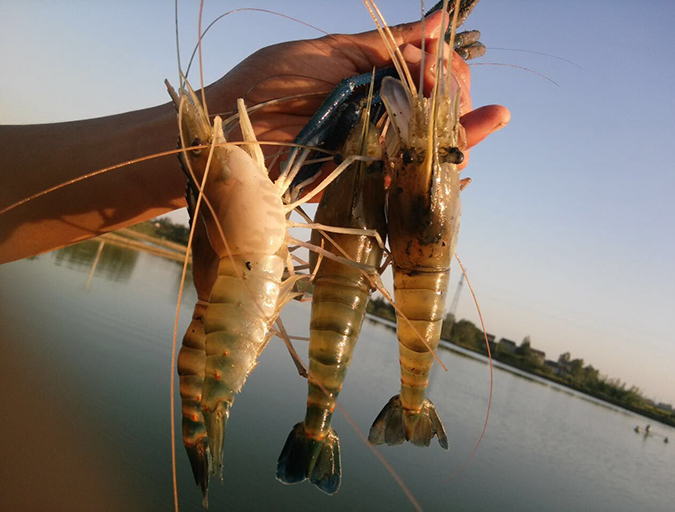
Intelligence
Culture of giant freshwater prawns in China
Farming of giant freshwater prawns is very popular in China. The Yangtze River Delta region produces more than 60 percent of the country's output. Production increases have resulted from a novel system that involves greenhouses that allow ponds to be stocked ahead by two months.
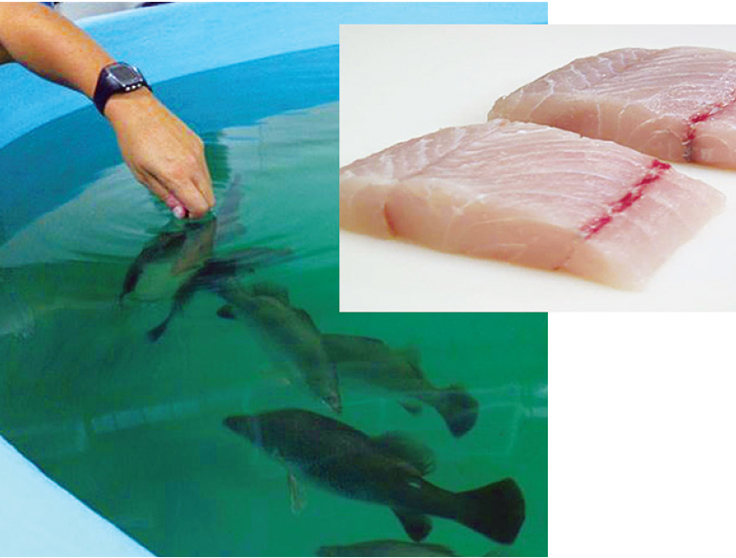
Intelligence
Adding flavor complexity to farmed barramundi
Organoleptic attributes such as flavor and aroma are among the most important factors that influence consumer acceptability and demand for fish products. Consumers have identified farmed fish as less complex and lacking “sealike” or “sea-fresh” flavors and aromas.

Health & Welfare
Ammonia toxicity degrades animal health, growth
Ammonia nitrogen occurs in aquaculture systems as a waste product of protein metabolism by aquatic animals and degradation of organic matter, or in nitrogen fertilizers. Exposure can reduce growth and increase susceptibility to diseases in aquatic species.
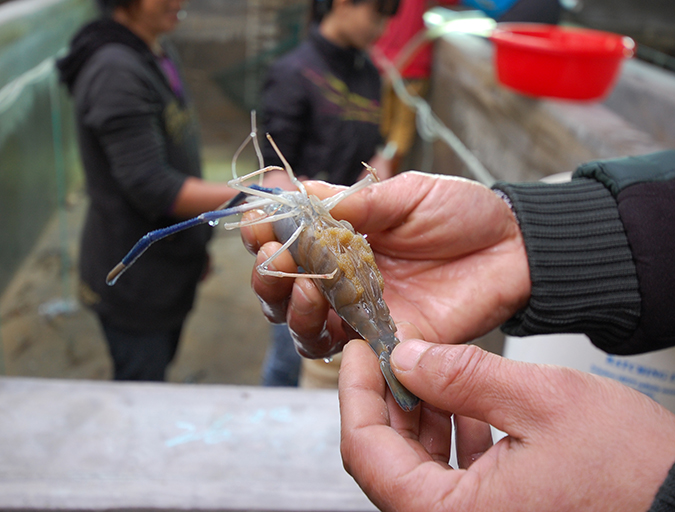
Intelligence
An inside look at Sino Agro Foods’ giant prawn MegaFarm
Sino Agro Foods has developed a proprietary recirculating aquaculture system that yields high production volumes and profitability. The facility should significantly contribute to seafood production in China and to help satisfy increasing demand for high value, safe and sustainably produced seafood.


